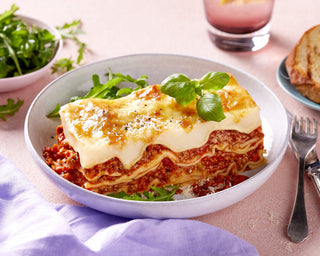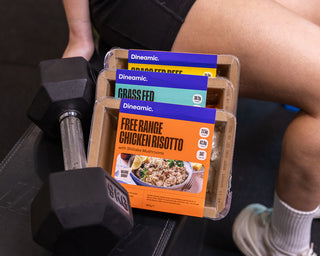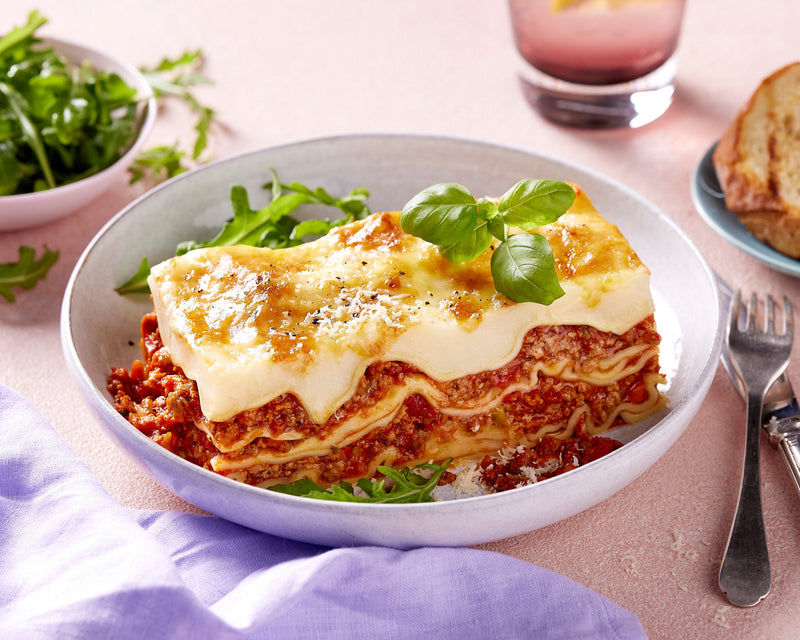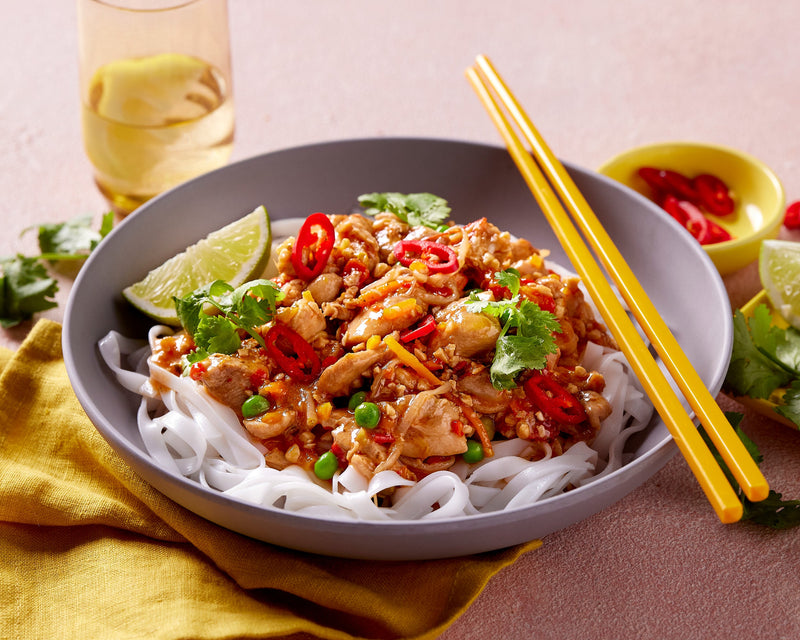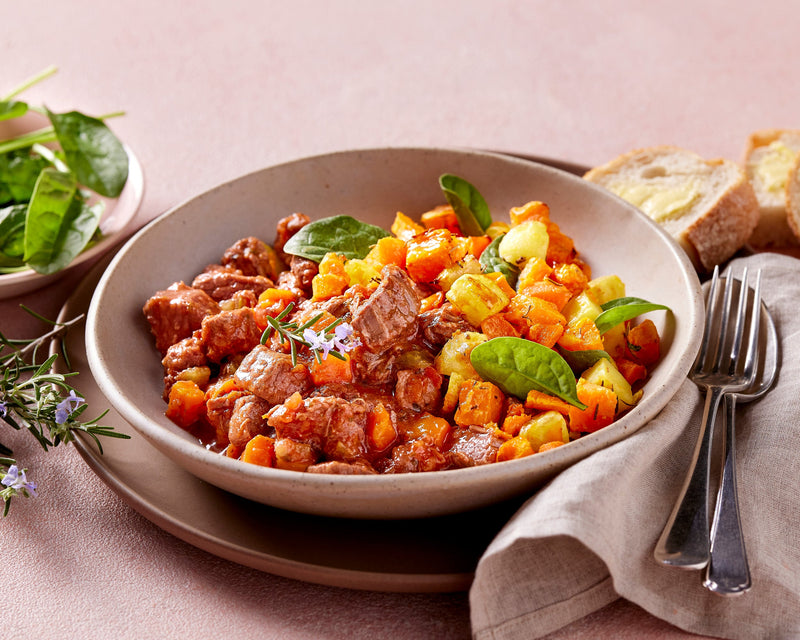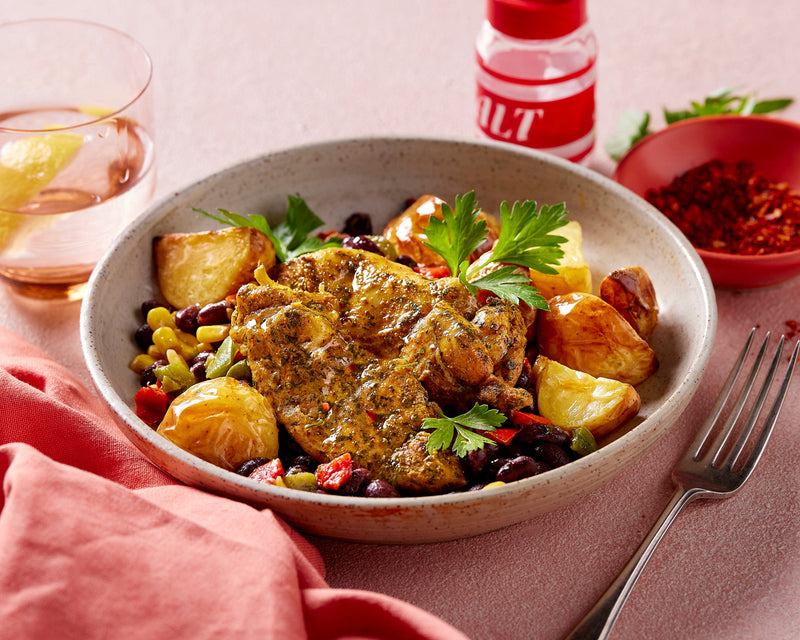
Global sales of gluten-free foods are estimated to reach $10.5 billion this year with the surging appetite amongst consumers to eat less grains and many supermarkets getting on board and making gluten free options for all.
Did you know there is even gluten free dog food?
Why has the gluten free movement boomed?
The gluten-free movement has seen a huge surge in popularity in recent years, with many celebrity experts endorsing the trend.
Despite only 1 per cent of Australians being diagnosed with coeliac disease, more than one in 10 adults now follows a gluten-free or wheat avoidance diet. 21% of consumers across the globe are eating gluten free.
Director of gastroenterology at The Alfred and Monash University, Prof Peter Gibson, said at a conference recently that more than a million Australians have adopted gluten-free diets due to various “pseudoscience” and celebrity fads and that their nutrition and health was at risk due to needlessly avoiding gluten.
So what is gluten?
Gluten is a general term for a group of proteins found in the tissue inside the seeds of a developing grain. Its name originated from the Latin word for ‘glue’ and plays a role in providing elasticity to dough during the baking process and for providing chewy texture in the final product.
Where is gluten found?
Gluten is found in more grains than just wheat, and remains present in derivatives of these grains which can make it difficult to navigate the GF life if you’re new to it. Gluten is found in:
-
Wheat
-
Rye
-
Barley
-
Oats
-
Triticale
-
Derivatives of these grains, such as malt
There are a range of common foods that contain gluten which is part of the reason why going gluten free can be such a challenge:
-
Breads and cereals made from gluten-containing grains
-
Wheat flour (including cornflour and spelt)
-
Pasta and noodles – spaghetti, pasta, hokkien noodles, soba noodles
-
Couscous, semolina and burghul
-
Many biscuits, pastries, cakes and scones
-
Wheat-crumbed and battered foods
-
Sausages and processed meats (unless labelled gluten free)
-
Condiments like malt vinegar, salad dressing, sauces, gravy and some mustards
-
Some alcoholic drinks like beer, stout and ale
-
Wheat pastry foods, e.g. pies, pizza
What is Coeliac Disease?
Those with Coeliac disease are unable to have gluten due to the protein causing the immune system to react badly, which results in the inflammation of the small intestinal lining. This reaction leads to not only the lining being inflamed but also if left untreated, its otherwise groovy texture being flattened. This may reduce the surface area leading to complications such as nutrient malabsorption and gastrointestinal symptoms. Currently, the only effective and safe treatment of Coeliac disease is strict exclusion of gluten. Although treatment is highly successful, compliance can be tricky especially when planning family dinners or in social settings.
It’s estimated that 1 in 100 Australians have Coeliac disease but 80% have not been diagnosed however rates are on the increase due to better testing as well as a greater incidence.
What is Gluten Sensitivity?
Non-Coeliac gluten sensitivity describes those who exhibit Coeliac-like symptoms (abdominal pain, diarrhoea, bloating, poor concentration and lethargy), but test negative for coeliac disease. The cause and treatment can be difficult to understand, though emerging evidence suggests that the malabsorption of fermentable sugars (FODMAPs) may be the culprit, rather than gluten.
What are the Risks of going GF when not necessary?
The reality is that many people are following a gluten-free diet for other reasons than gluten sensitivity. Sixty-five percent of people in a recent study thought it was healthier and many thought they would lose weight even though gluten-free food often has extra sugar and fat to help it taste better. Manufacturers also include further refined and processed foods such as potato starch and rice starch to make an otherwise gluten-containing product gluten-free.
People with coeliac disease must follow a gluten free diet and those who are gluten intolerant also benefit from choosing gluten free foods but for the rest of us going gluten free is an unnecessary restriction.
Missing out on foods containing grains can make it harder to meet fibre requirements which is extremely important for fuelling the healthy bacteria in our gut. While symptoms such as bloating and other gut issues can be helped by cutting down on wheat, Prof Gibson said the benefit had more to do with reducing carbohydrates than gluten, and progressing to a full gluten-free diet could be a mistake for many people.
“Gluten has been blamed for many things and there are a lot of people who are arguing that gluten is the cause of many illnesses - from irritable bowel syndrome through to autism and depression,” Dr Gibson said.
What foods are safe to eat?
Luckily, with the increasing prevalence of gluten sensitivity, there are plenty of alternatives to choose from, and strict labelling requirements mean that with a little extra attention, locating gluten-free foods on the supermarket shelves has never been easier.
Some GF alternatives that you can add to your diet include:
-
Rice and rice flour
-
Potato flour
-
Tapioca
-
Buckwheat
-
Lentils/peas
-
Corn
-
Lupin
-
Quinoa
-
Sorghum
-
Amaranth
-
Coconut flour
-
Soy flour
-
Polenta
-
Rice vermicelli
-
Gluten free breads, pasta and other products
Things to keep in mind when going GF
Smart carbohydrates for energy:
As gluten is naturally found in many carbohydrate rich foods, it’s important that you replace these with gluten free alternatives. Ensure you’re meeting your carbohydrate requirements by swapping to gluten free breads or cereals so you have the energy to keep you going all day.
Focus on fibre:
Those omitting gluten often have low dietary fibre intake. To ensure you’re getting the digestive benefits of fibre, include wholegrains like brown rice, quinoa, and buckwheat, along with nuts and seeds, and the fruits and vegetables with the skin on.
So there you are, the ins and outs of the gluten gauntlet. Whether you’re coeliac, intolerant, trying to reduce your gluten intake, or just want to understand more about it, we hope this helped shed some light!
If you think that you may be gluten intolerant, have a chat to an Accredited Practising Dietitian to find out which foods are best for you.


